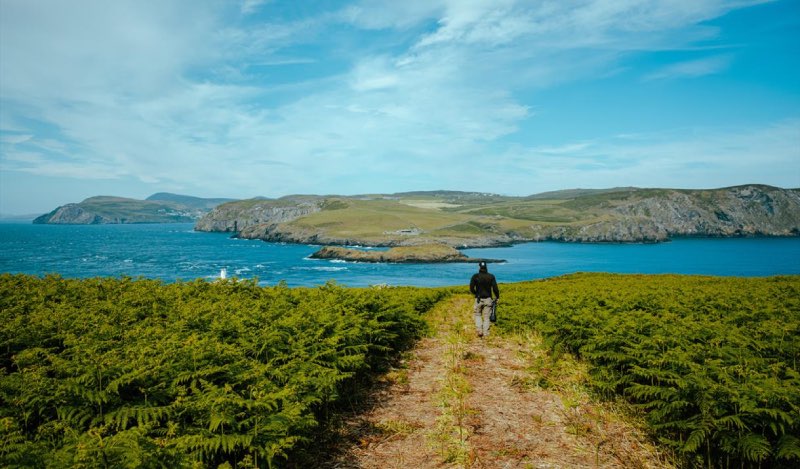Tucked just south of the Isle of Man, the Calf of Man is a place most people will never step foot on—and that’s precisely what makes it so special. Accessible only by boat during favorable weather from May to September, this 616-acre island remains wild, raw, and fiercely protected. Its remoteness isn’t a drawback but a defining feature, preserving both the rugged landscape and its rich biodiversity.
A Hidden Outpost of British Wildlife
While most remote islands have been shaped—or scarred—by human presence, the Calf of Man has largely escaped heavy development. Today, just two wardens live there, responsible for overseeing the island’s delicate ecosystem. Their watch includes monitoring over 33 species of breeding seabirds, such as razorbills, kittiwakes, and storm petrels.

One of the most promising developments in recent years is the rebound of the Manx shearwater, a species once nearly wiped out by invasive rats. Thanks to rigorous conservation efforts, shearwaters are now returning to breed in increasing numbers. That success is echoed in the booming seal population, which recorded a record number of births last season.
Why the Calf of Man Remains Hard to Reach
The difficulty of accessing the island adds to its mystique. Weather can change rapidly, and only a handful of licensed boats make the trip from Port Erin or Port St Mary. The sea crossing is not for the faint-hearted, which means only the most committed nature lovers tend to visit.
But for those who do, the reward is worth it. They’ll experience a rare kind of silence, broken only by seabird calls and the crash of waves against the cliffs. The island has no roads, no shops, no distractions, just coastal trails, abandoned lighthouses, and one of the UK’s last truly untamed natural habitats.
This isolation has also allowed for bold conservation experiments. This includes the gradual reintroduction of puffins and new methods of tracking migratory patterns with GPS. Every effort here follows a slower rhythm—one that prioritizes balance, patience, and long-term gains over tourism or convenience.
